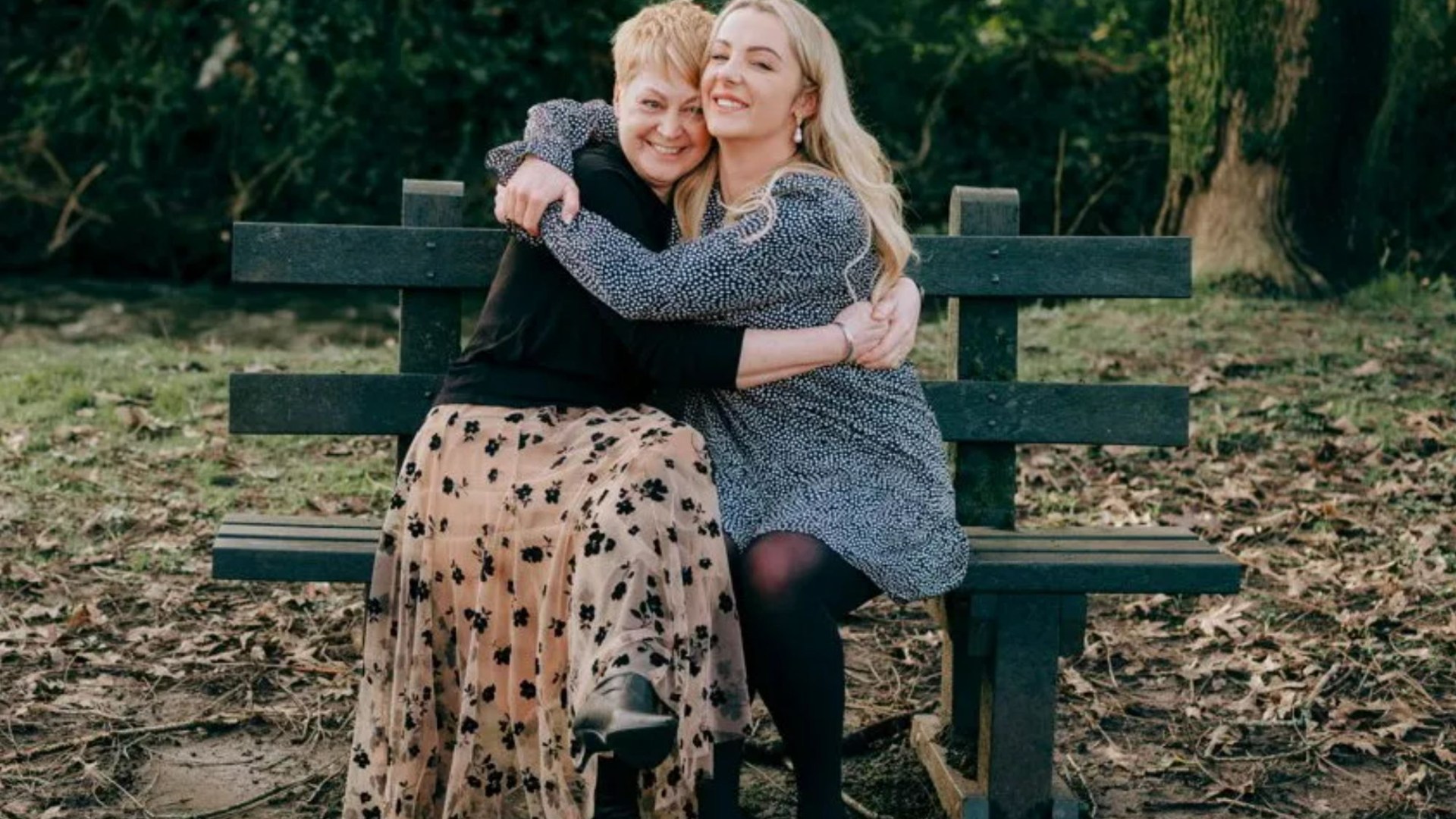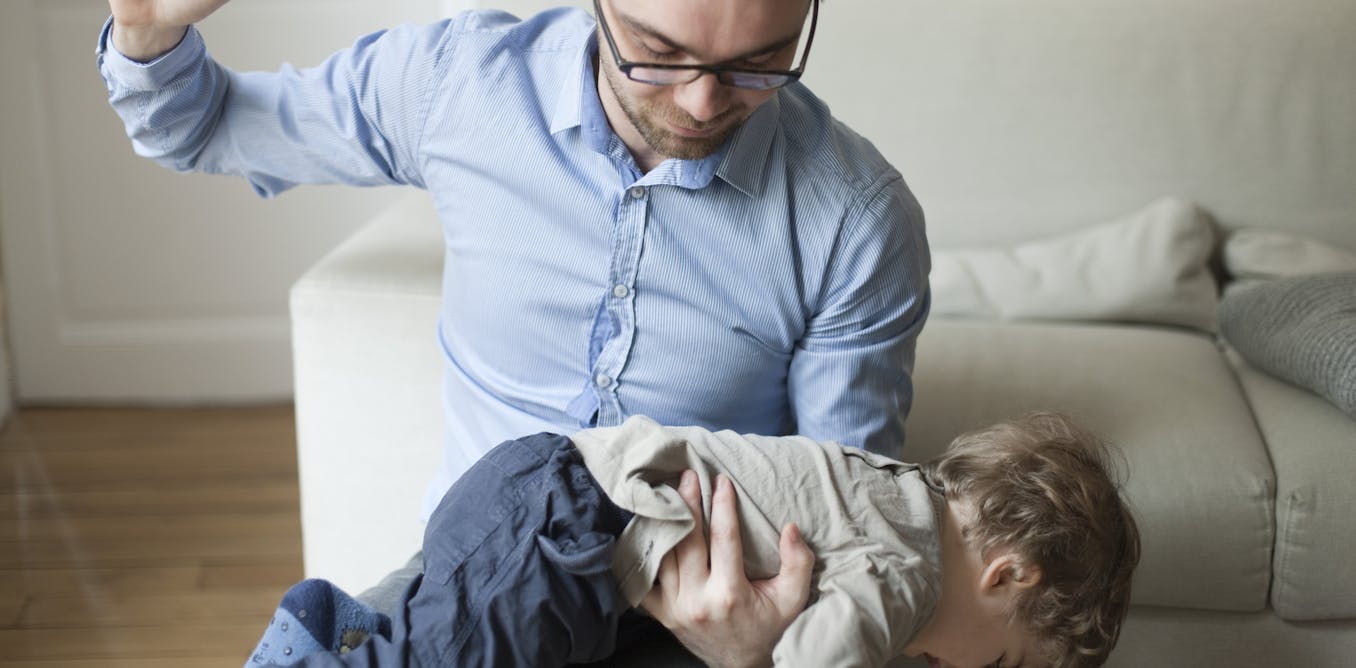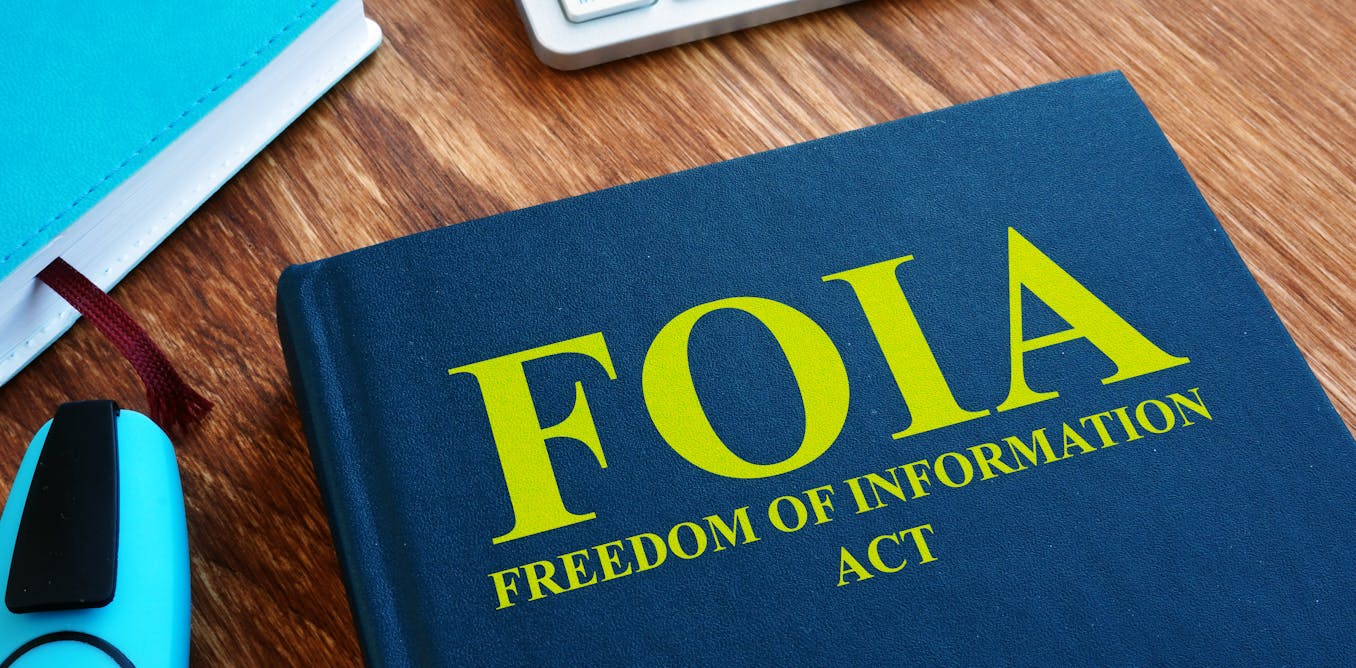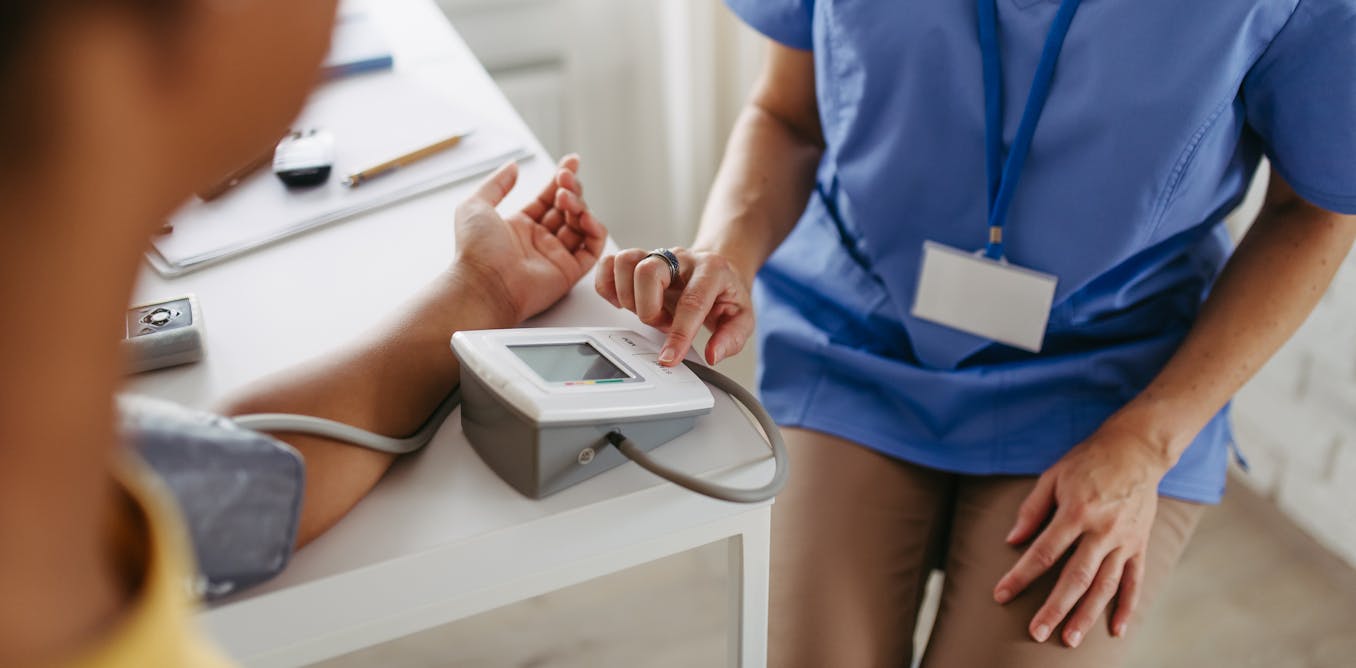WATCH the moment a blood cancer survivor met the young stranger who provided the stem cell donation that saved her life.
Alison Belsham, from Newport in South Wales, held back tears as she approached her donor, 31-year-old Rachel Rees, and invited her in for a hug.
4

4
“There can never be enough thank yous,” the 57-year-old told her.
Alison was diagnosed with leukaemia for the second time in 2017, prompting a worldwide search to find a bone marrow donor.
”The news was absolutely devastating for me and my family as the future, once again, became uncertain,” she said.
Her doctor said a donor stem cell transplant was the “last hope” of saving her life.
Despite over 40million stem cell volunteers across the world, three in ten patients will not find a suitably matched donor.
Medics eventually found a match on the other side of the world in Australia, where Rachel, originally from Llanelli, also in South Wales, was living at the time.
Now, a video revealing the pair’s emotional meeting has been published online and is sure to trigger goosebumps.
The clip shows Alison expressing her appreciation to Rachel, as she said: “I now get the chance to live a full life, spend precious time with my children and see my grandson grow up.”
Rachel had flown home from Australia expecting to visit friends and loved ones in her hometown.
But unbeknown to her, her family and stem cell recipient arranged a surprise get-together for the pair to meet.
The transplant Alison received used Rachel’s healthy donor stem cells to replace her own cancer-causing cells.
She has since been cancer-free.
The women are hoping their story will encourage more people to sign up to the register and help in the fight against blood cancer.
“My initial treatment involved five rounds of chemotherapy, which appeared to be successful,” Ms Belsham said, speaking of her illness.
“After a year and a half in remission, however, I had a phone call to say that my cancer had returned.”

4

4
Around a quarter of a million people are living with blood cancer in the UK, with over 40,000 being diagnosed every year.
While some can be successfully treated with chemotherapy and surgery, for other patients, this treatment can wreck the body’s ability to make new and healthy blood cells.
How do I donate?
Every 14 minutes someone in the UK is diagnosed with a blood cancer.
A stem cell transplant from a stranger can be their only hope.
To become a donor, you need to join the stem cell register.
Complete the online form to request a swab pack. This will be posted to you, you complete it and post it back.
It could take years before you are identified as a ‘match’ with a patient. And you may never be called on at all.
If you are, you must undergo a thorough examination to make sure there are no medical reasons you cannot donate.
There are two types of donation:
- Blood stem cell donation: The most common process is where you receive injections for four days to boost your stem cells. On the fifth day, you are connected to a machine which collects the extra stem cells, it’s sort of like giving blood.
- Bone marrow donation: Stem cells are removed from your hip bones while under a general anaesthetic in the hospital.
It is important to point out that no medical procedure is risk free, but experts say 16 or 17-year-old donors are at no more risk than an adult.
In these cases, patients will need a stem cell transplant – special cells produced by the bone marrow that can turn into different types of cells.
“I am so proud of her, proud of her recovery, proud of her tenacity and I am just so thankful that she reached out to meet me,” Rachel said.
“I am so glad to see Alison happy and healthy, having our families meet has been so, so special.”
Help people in their ‘greatest time of need’
Christopher Harvey, head of the Welsh Bone Marrow Donor Registry, said: “Blood cancer patients around the world face a daily, and increasingly urgent, search for a suitable stem cell match.
“The requirements for matching a patient with a donor are very specific, but the opportunity to find a life-saving match increases as more volunteers sign up.
“If you’re 16-30 from a caucasian background or 16-45 from a black, Asian, mixed race or minority ethnic background, you could be the one person in the world who could be the match.
“That’s why we are urging more people to sign up to our Registry and help people like Alison in their greatest time of need.”
Leukaemia: Everything you need to know
LEUKAEMIA is a type of blood cancer that affects cells in bone marrow and attacks the immune system.
There are several types of leukaemia but what are the symptoms and is it treatable?
What causes leukaemia?
In most cases of leukaemia, there is no obvious cause.
It is a cancer that leads to the body making too many abnormal white blood cells which means the body is less likely to be able to defend itself against infection.
These blood cells are not fully developed and are called leukaemia cells.
The disease is often classified as the type of cell affected (myeloid or lymphatic) and how it progresses (acute or chronic).
What are the symptoms of leukaemia?
There are no specific signs or symptoms which would allow a doctor to make a diagnosis without lab tests.
In all types of leukaemia, symptoms are more commonly caused by a lack of normal blood cells than by the presence of abnormal white cells.
As the bone marrow becomes full of leukaemia cells, it is unable to produce the large numbers of normal blood cells which the body needs.
This can lead to:
- Anaemia
- Weakness and tiredness
- More frequent infections
- Fever
- Bleeding and bruising
What are the different types of leukaemia?
There are four main types of leukaemia.
They are:
Acute Lymphocytic Leukaemia (ALL) – A rapidly progressing form of the disease. More common in children.
Acute Myeloid Leukaemia (AML) – Rapidly progressive. More common in adults.
Chronic Lymphocytic Leukaemia (CLL) – Slowly progressing form and more common in adults.
Chronic Myeloid Leukaemia (CML) – Progresses slowly and is more common in adults.
Can leukaemia be treated?
Currently, there are five ways leukaemia can be treated.
They are:
Chemotherapy: These are cell-killing drugs which kill and/or stop them from dividing. Chemotherapy is often given in blocks or cycles of treatment. One cycle of treatment will consist of a series of doses of chemotherapy followed by a break for the healthy cells to recover.
Radiation therapy: This treatment uses high-energy radiation to kill cancer cells. It is not used to treat all types of leukaemia.
Targeted therapy: Drugs which specifically recognise and kill leukaemia cells.
Biological therapy: A treatment which uses the immune system to destroy leukaemia cells.
Stem cell transplant: Younger patients may be given a stem cell transplant (bone marrow transplant). This may be done using your own healthy stem cells or stem cells from a donor. This is most commonly done for acute leukaemia if chemotherapy does not cure the disease.




